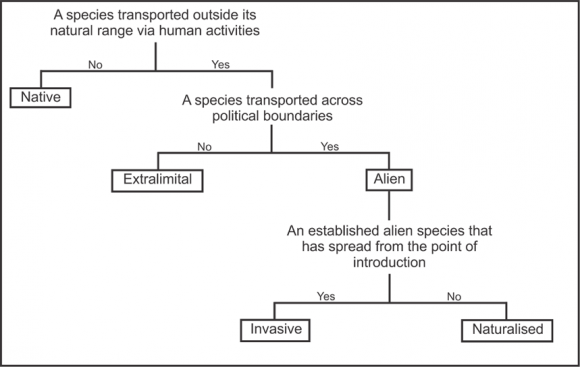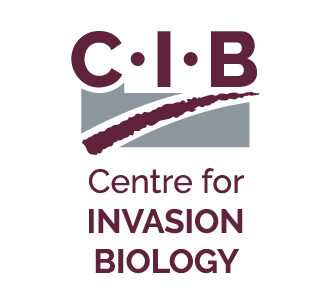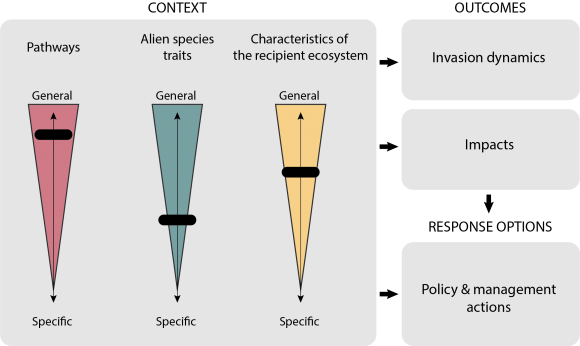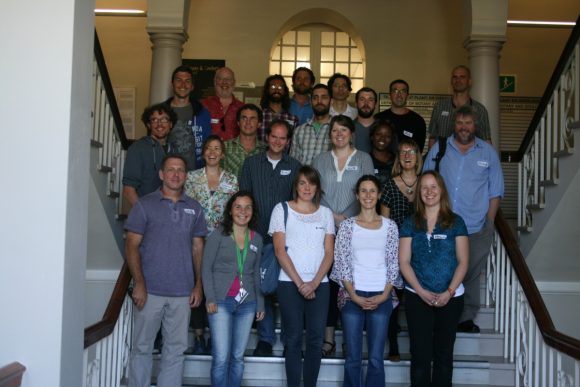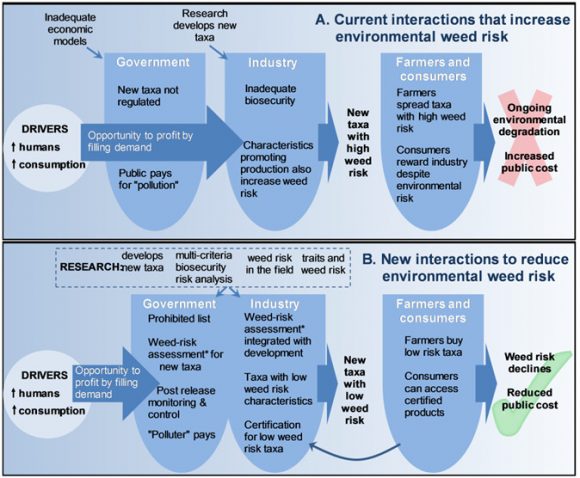Invasion biology as a field has been plagued by the use of confusing terms and definitions. South African marine invasion biology has not been untouched by this peculiarity. While this may at first seems like an academic problem with little real-world relevance, the reality could not be further from the truth.
Firstly, it is vitally important that researchers be able to communicate clearly amongst each other if the science is to progress. Secondly, clearly defined terminology is essential for managers and policy makers who need to be able to understand the science in order to inform management actions.
A recent collaborative study led by C·I·B researcher, Dr Tammy Robinson, assessed the usage of terminology describing marine invasions in South Africa and found a variety of terms in use, few of which were defined. In response, Robinson and her team proposed standard terminology that aligns with international best practice.
Putting this proposal into action, they interpreted the Blackburn unified framework for biological invasions within the marine context and used it as a transparent way to apply the standardised terms to an updated list of marine alien species for South Africa.
This resulted in the recognition of 36 alien and 53 marine invasive species from the South African coastline. Most notably, this work highlighted the need for research to confirm the status of at least 11 listed species, the majority of which have been recorded only once, or not in the past 25 years.
“It is hoped that by standardising the terminology, South African researchers will better support authorities charged with managing the threat posed by alien species, while making their work clear and accessible to an international audience” says Tammy Robinson, lead author of the paper published in African Journal of Marine Science.
For more information, contact Tammy Robinson at trobins@sun.ac.za.
